Description
Hydroxypropyl Methylcellulose (HPMC): A Versatile Polymer Shaping Industries
Hydroxypropyl methylcellulose (HPMC) – a name that may sound complex, but describes a remarkably versatile polymer finding applications across a diverse range of industries. Derived from cellulose, the most abundant organic polymer on earth, HPMC is a semi-synthetic, non-ionic, water-soluble polymer lauded for its thickening, binding, emulsifying, and film-forming properties.
What is HPMC?
HPMC is essentially cellulose that has been chemically modified with methyl and hydroxypropyl groups. This alteration enhances its water solubility and allows it to be tailored for specific applications. The degree of substitution with these groups influences the polymer’s properties, such as its viscosity in solution, gelation temperature, and film strength.
Key Properties and Advantages:
HPMC boasts a range of desirable properties that contribute to its widespread use:
- Water Solubility: HPMC dissolves readily in cold water, forming clear, viscous solutions.
- Thickening and Binding: It effectively increases the viscosity of liquids and binds solid particles together, contributing to texture and stability.
- Film Formation: HPMC can form strong, flexible, and transparent films, making it suitable for coatings and barriers.
- Emulsification and Stabilization: It can stabilize emulsions by reducing interfacial tension and preventing separation.
- Thermal Gelation: Certain grades of HPMC exhibit thermal gelation, meaning they form a gel when heated, a property utilized in specific applications.
- Non-Ionic Nature: Its non-ionic nature makes HPMC compatible with a wide range of other ingredients and less susceptible to interference from electrolytes.
- Biocompatibility: HPMC is considered non-toxic and biocompatible, making it safe for use in food and pharmaceutical applications.
A Spectrum of Applications:
The unique properties of HPMC have led to its adoption in numerous industries:
- Pharmaceuticals:
- Tablet Binders: HPMC acts as a binder in tablets, ensuring their structural integrity and controlled release of medication.
- Film Coatings: It’s used to coat tablets, improving their swallowability, protecting the active ingredients, and controlling drug release.
- Ophthalmic Solutions: HPMC’s thickening properties make it suitable for eye drops, providing lubrication and extending contact time on the eye surface.
- Controlled Release Matrices: It’s employed in sustained-release formulations, slowly releasing medication over a prolonged period.
- Food Industry:
- Texture Modifier: HPMC enhances the texture and mouthfeel of various food products, like sauces, desserts, and bakery items.
- Thickening Agent: It’s used as a thickener in soups, gravies, and beverages.
- Fat Replacement: HPMC can mimic the texture and mouthfeel of fat, allowing for reduced-fat formulations.
- Emulsifier and Stabilizer: It helps stabilize emulsions and prevent separation in food products.
- Gluten-Free Baking: HPMC improves the structure and texture of gluten-free baked goods.
- Construction Industry:
- Cement-Based Materials: It acts as a water retention agent in cement-based mortars and plasters, improving workability and preventing premature drying, leading to stronger and more durable structures.
- Tile Adhesives: HPMC improves adhesion and workability in tile adhesives, ensuring proper tile setting.
- Cosmetics and Personal Care:
- Thickening Agent: HPMC is used to thicken lotions, creams, shampoos, and conditioners.
- Film Former: It forms a protective film on the skin and hair.
- Stabilizer: It helps stabilize emulsions and suspensions in cosmetic formulations.
- Other Applications:
- Paints and Coatings: HPMC improves the viscosity, application, and leveling of paints and coatings.
- Adhesives: It enhances the bonding strength and workability of adhesives.
The Future of HPMC:
As research and development continue, the applications of HPMC are expected to expand further. Ongoing efforts focus on developing new grades with tailored properties and exploring its potential in emerging fields like 3D printing and bio-based materials.
Conclusion:
Hydroxypropyl methylcellulose (HPMC) stands out as a truly versatile polymer with a wide range of applications across diverse industries. Its unique combination of properties, coupled with its biocompatibility and availability, makes it a valuable ingredient in countless products we use every day. As technology advances, HPMC is poised to continue playing a significant role in shaping the future of various industries, offering innovative solutions and improving product performance.


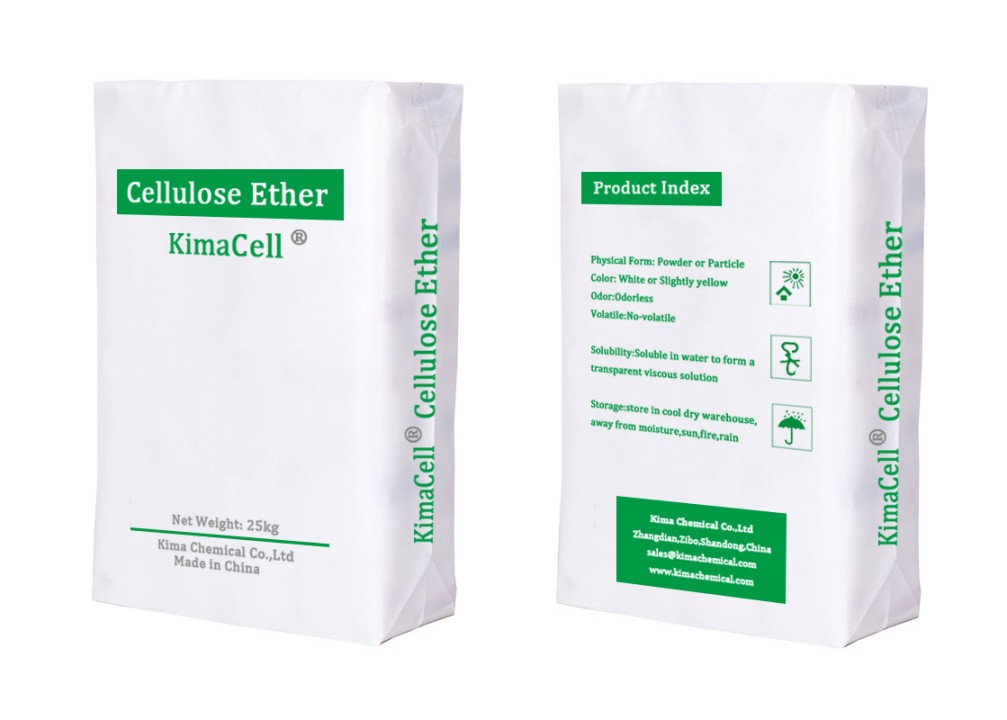
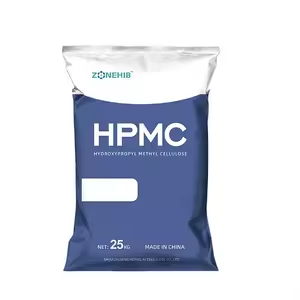
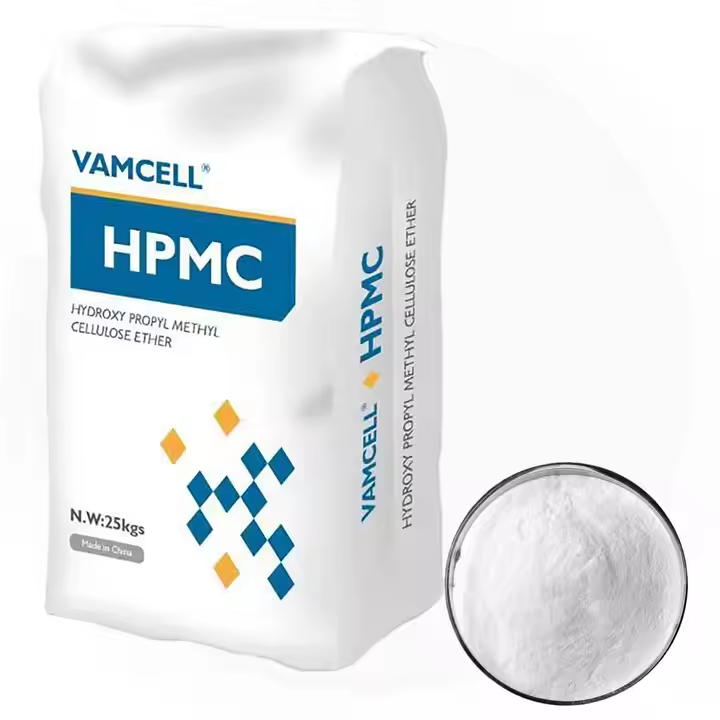
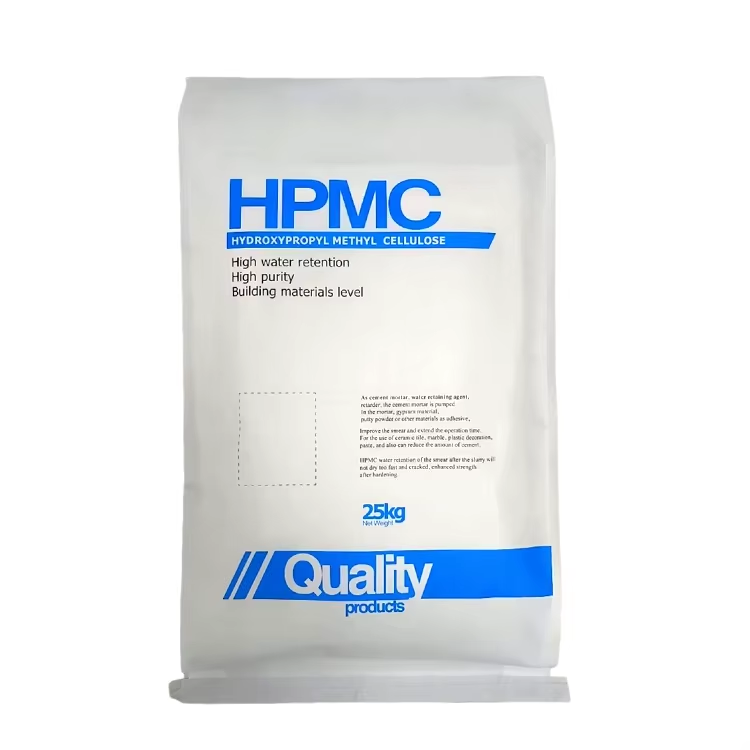
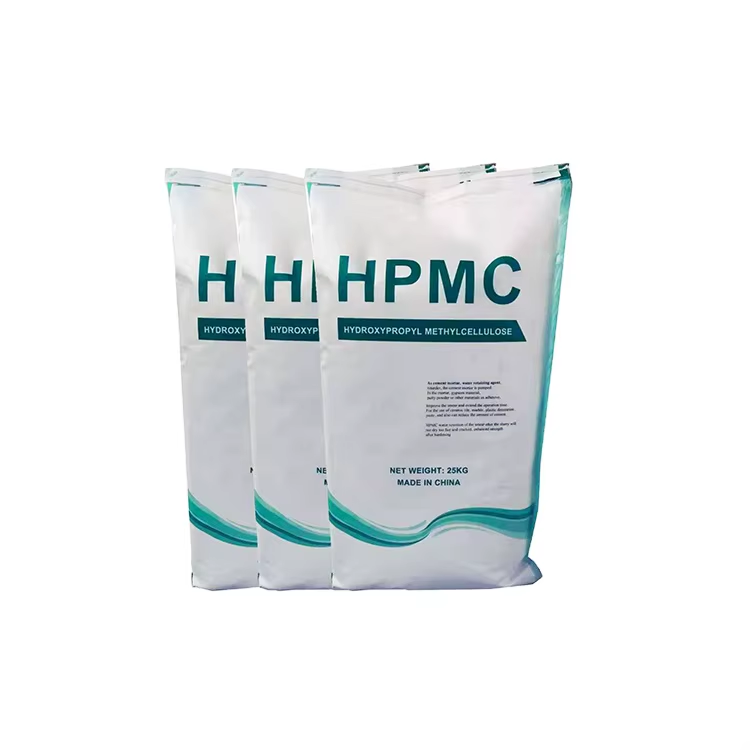
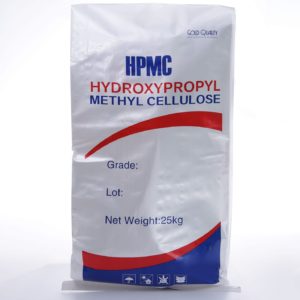
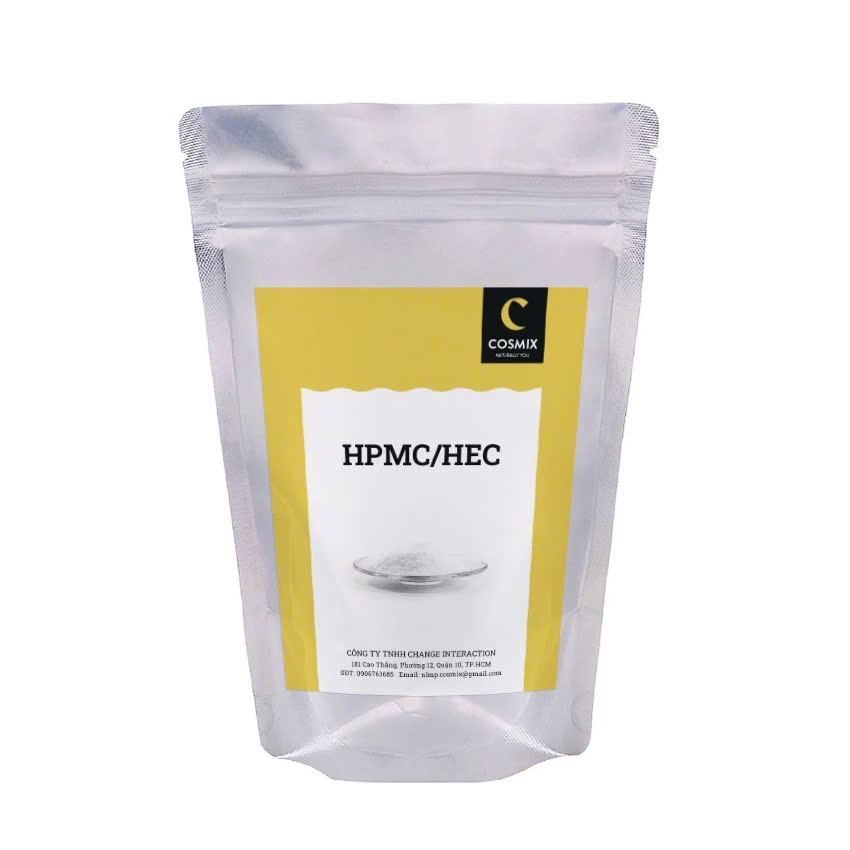




Reviews
There are no reviews yet.